By Brian Yatich
Finding a reliable home service can be a pain streaking task. It is an exercise that is often frustrating and characterised by lengthy waiting times, poor services, loss of property and sometimes exorbitant bills. Faced with these challenges, a Kenyan start-up, Swift Aide is allowing consumers to find immediate help with everyday task, including cleaning, moving, deliveries and handy work, via its mobile marketplace.
“I have always been fascinated by the immense potential that technology has in changing the lives of ordinary people,” George Karimi, Swift Aide founder notes.
Swift Aide is a two-sided marketplace connecting ‘Clients,’ people who need help, with ‘Aides,’ a network of pre-approved and background checked individuals, who have the time and skills needed to complete listed tasks.
“The platform has several categories and offerings from messengers, carpenters, food deliveries, drink deliveries, cooking gas deliveries, plumbers, electricians, mechanics, and nannies. We are tapping into opportunities that exist in the informal sector considering it controls 70 per cent of the job market in Kenya,” Karim says.
“Kenya has a high unemployment rate and Swift Aide can be a lifeline to the unemployed population. This is the future of work,” says Karimi.
How it Works
The app is easy to navigate, service seekers submit their request through a form to Swift Aide. The app then takes those requests and links them up with matching providers from its database. Service providers are then required to submit quotations directly to the seekers. Once the seeker has chosen a service provider, further discussions are taken offline.
Once the client goes to the app and can see the aides available for a particular service, Karimi says that they then initiates a service request. Once the request has been received they can either accept or reject. Upon accepting the Aide performs the task and can be paid cash or through the app which has a wallet linked to their Mpesa accounts.
“The beauty is that the aides do not have to be online all the time as they will get an SMS notification when someone seeks their services. We were considering it would be a burden for them due to the data charges and the state of network connectivity in the region,” he points out.
The matchmaking service relies on three key pillars that make it the preferred option for outsourcing tasks including,
Security.
Aides are required to upload their identification documents and are thoroughly vetted by Swift aide team. This, the company believes deters anyone from using the app for illegal activities.
Professionalism
Other documents aides submit include certificates, licenses, insurance and others depending on the service they provide. , the client is guaranteed that the person is qualified to perform the intended task.
And lastly Freedom; the client is free to bargain with the aide and negotiate the best price for the job,” he says.
Swift Aide follows up with all applicants manually to ensure the offers are legitimate, Seekers, on the other hand, must fill out a form describing their particular needs. Each type of service will get its own job. “For instance, to hire a photographer, the seeker needs to be able to clearly describe the type of service they are seeking,” Karimi says.
The uptake, he notes “has been quite good as we are getting people signing up from as far as Nyamira and Wundanyi. Kenyans are quite fast in embracing technology and seizing opportunities. Most of the Aides who sign up are young unemployed professionals and stay at home mums since Swift Aide enables them to build a business out of the platform by becoming an agent who have people under them who provide the services on their behalf as in clients request you the service and you send your workers to provide the service then get paid for the job,”
To date, Swift Aide has registered 2000 aides on the app and about 5000 clients. The start-up now has a five member’s team and around 500 service provider in its platform. The clients, he says are mostly young professionals who have more money than time to outsource their daily chores.
For maximum customer reach, Swift Aide has employed social media and influencer marketing to get the most reach to young people but we have also employed fliers and location based promotions to target audience on the ground.
“All these strong networks have helped Swift Aide to kick start in the most powerful way possible,” he notes.
The matchmaking platform also offers a referral programme where people earn some cash when they refer other people to sign up.
Swift Aide charge service providers every time a service provider submits a quotation they pay a fee which ensures that service seekers only get serious offers. “Service providers are at a small risk, but the fees are easily paid off once a quotation turns into a job,” he says.
Swift Aide doesn’t have any competitors in Kenya, though some classified sites, for example OLX also have a section for services.
Challenges
“Coming up with the capital wasn’t easy as we sourced from personal savings. We also had to look for a good programmer who would put all our ideas into a working and efficient program that is user friendly and this came at a cost,” Karimi points out.
Aside from that, he says that convincing people to download and register the app was not easy as people are generally rigid to change. “But with a lot of patience and marketing, our numbers of downloads increased tremendously by the day from various parts of the country,”
“Swift Aide has a bright future”, with e-commerce showing signs of promise in the country, Karimi estimates the service market in Kenya to be “in the billions,” pointing out their intentions for regional expansion. “We are planning to be fully entrenched in most major towns in the country in the next one year and expanding to the East African market in the next 5 years,” Karimi concludes.
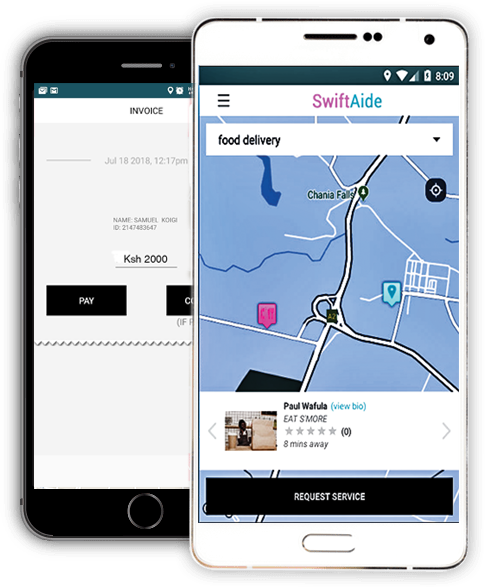

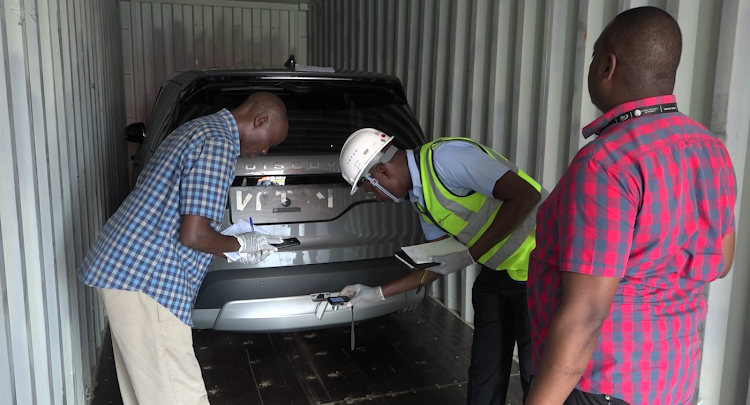



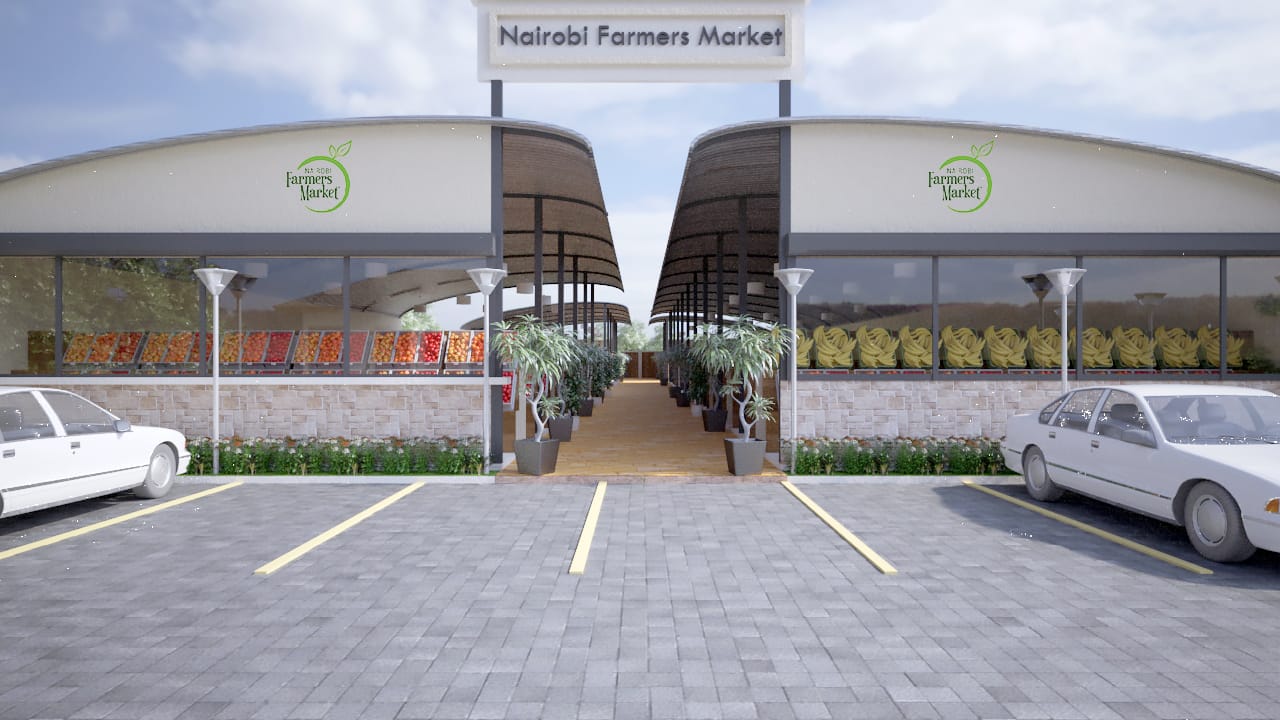
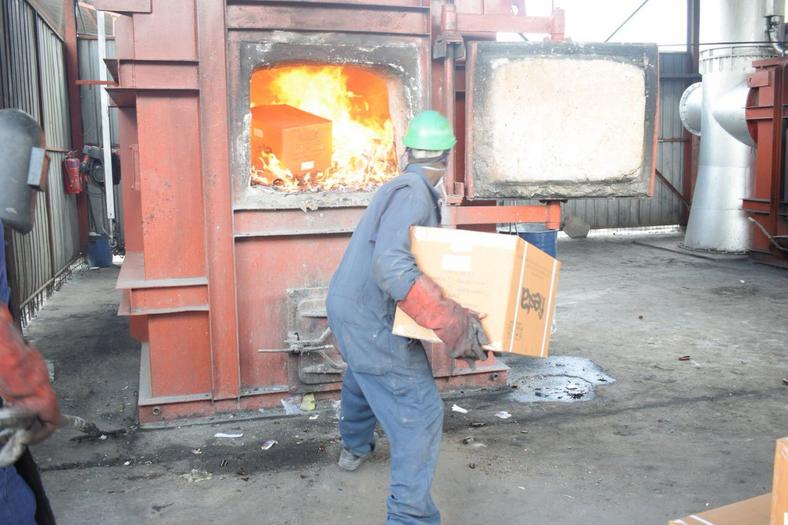
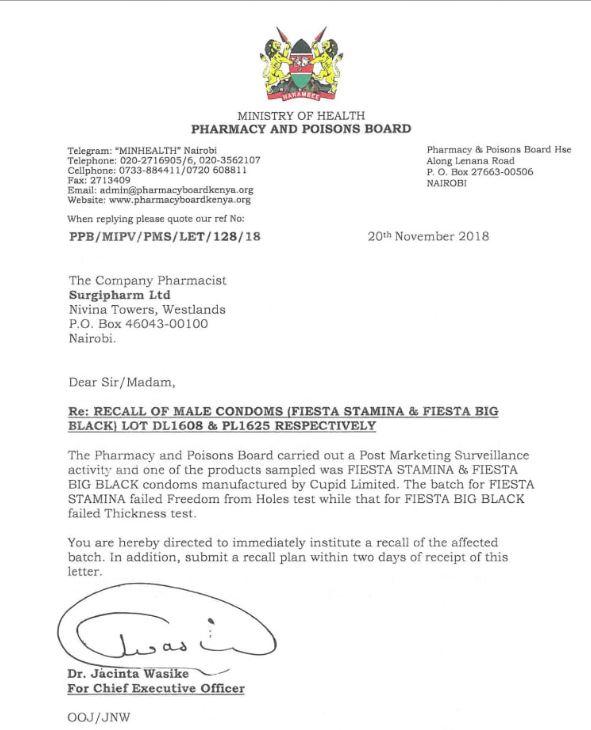



By Ben Oduor
Africa’s aviation has made remarkable milestones, but there are loopholes that need to be sealed in order to attain a fast growing, productive and more liberalized industry. This was the general consensus by delegates who attended the 50th Annual General Assembly of the African Airlines Association (AFRAA) convened in Rabat, Morocco late 2018.
Themed; ‘Strengthening African Aviation in a liberalized environment,’ the conference, which attracted 463 delegates from 51 African states, called upon African countries to speed efforts and implement the Single African Air Transport Market (SAATM) and to address various challenges affecting the continent’s aviation industry.
Hon. Mohamed Sajia, Minister for Tourism, Air Transport, Handicrafts and Social Economy of the Kingdom of Morocco said liberalizing air transport market in Africa ought to be supported by all the relevant stakeholders, so that it may translate into accelerated development, enhanced competitiveness and a better service offering in the sector.
“It would also help to remove the many restrictions confronting the sector; be they regulations, tariffs, airport services, or any other areas,” Hon Sajia said.
However, for the sector to realise its full potential, Abdérahmane Berthé, the Secretary General for AFRAA advises, stakeholders must begin unlocking the immense potential of the youthful workforce.
It’s for this reason that he says the Association’s Assembly has called upon the global aviation sector in Africa to discuss existing barriers for gender equality in aviation and to share best practices, programmes and initiatives aimed at overcoming these barriers.
“The Assembly also called African Governments to facilitate youth development in aviation through affordable training and education for safe and secure aviation in Africa, and encouraged member Airlines to prioritize youth development through their actions while putting in place necessary programmes,” the Secretary-General says.
Delivering a report on the state of the Airline industry, the SG revealed that for the third time in a row, the global industry’s return on capital exceeded the cost of capital, posting USD38billion after-tax profit (representing USD9.27 average profit per passenger).
Performance of African Airlines
The African airline industry also improved profitability during the period of review, despite making a net after-tax loss of USD100million. According to Berthé, the region’s traffic share in 2017 was 2.2 per cent of the global market, with growth rates for airlines representing 7.3 per cent for the Revenue Passenger Kilometre (RPK) and 22.9 per cent Freight and Mail Tons Kilometre (FMTK).
“For AFRAA member airlines, intercontinental passenger market segment remains biggest, with 49.5 per cent of all passengers. The domestic market segment represented 23.4 per cent, while the intra-Africa market represented 27 per cent,” he explained, revealing an improvement in the passenger load factor for the airlines from 68.8 per cent in 2016 to 70.4 per cent in 2017, slightly lower than the world average load factor that currently stands at 81.5 per cent.
In 2017, four African countries- South Africa, Egypt, Morocco and Algeria- exceeded 10 million passengers. Five airlines- South African Airways, Ethiopian Airlines, EgyptAir, Royal Air Maroc and Kenya Airways- flew more than 9 billion passenger kilometres.
Such significant increase in flight mileage can largely be attributed to improvement in security in Africa, as the continent recorded zero jet hull losses and zero fatal accidents involving jets or turboprops for the second consecutive year, the SG says.
“The low number of accidents in Africa is a continuation of a trend of improving safety standards in the continent. The joint efforts by AFRAA and various stakeholders including ICAO, IATA, ACI Africa, among others, have contributed to the good results. These efforts need to be enhanced so as to contribute to a much stronger African aviation.”
Despite these developments, however, the region’s airline industry has for long stumbled over a number of hurdles. Key among them high cost of operations which threatens the viability of many African airlines; restriction in market access in many countries which prevents airlines from developing and expanding their networks and inadequate infrastructure for air-operator passengers and cargo in many African countries.
There have also been stringent ownership and control rules in many countries hindering foreign investments in airlines; limited financial allocations to airlines (especially state controlled) and inadequate human capacity and skills requisite for the industry.
In a bid to tackle some of these perennial challenges, the African Union in January 2018 launched the Single African Air Transport Market (SAATM) in Addis Ababa Ethiopia, with the aim of opening the continent’s airspace. 27 countries have so far signed the commitment.
In an exclusive interview with this publication mid-July last year, Captain Gilbert Kibe, Director General for Kenya Civil Aviation Authority said SAATM would enable Kenya to gain significantly on economies of scale and the forecasted reduction in air tickets; this in addition to enhancing intra-Africa commerce.
Underlying opportunities
Alongside such developments, AFRAA sees an immense opportunity for African airlines in the continent’s increasing population.
According to Berthé, Africa’s population will rise to 2.5billion by 2050, becoming the most populous continent mainly composed of the youth. This young population will shape the future of the continent, he says.
The next game changer, he forecasts, is technology, which will simplify and sustain the growth of aviation business.
“Young people in Africa have already shown their ability to not only adapt to innovations coming from other parts of the world but also to produce technologies that empower them to break the cycle of poverty and create new opportunities for themselves and their communities,” the SG says.
“We need to equip our youth to take on the task of building a globally competitive aviation industry on the continent.”